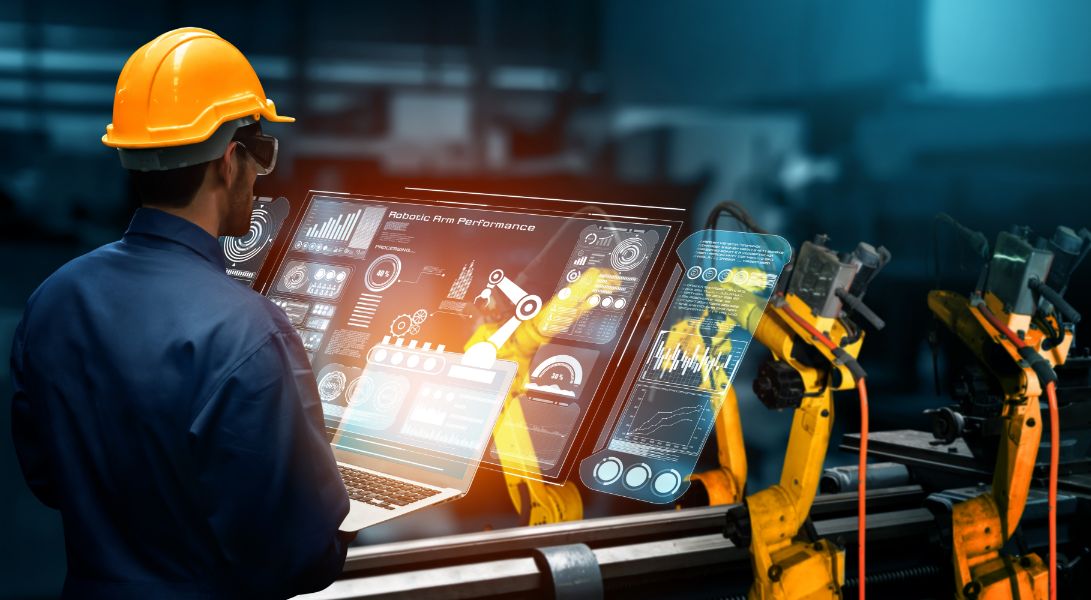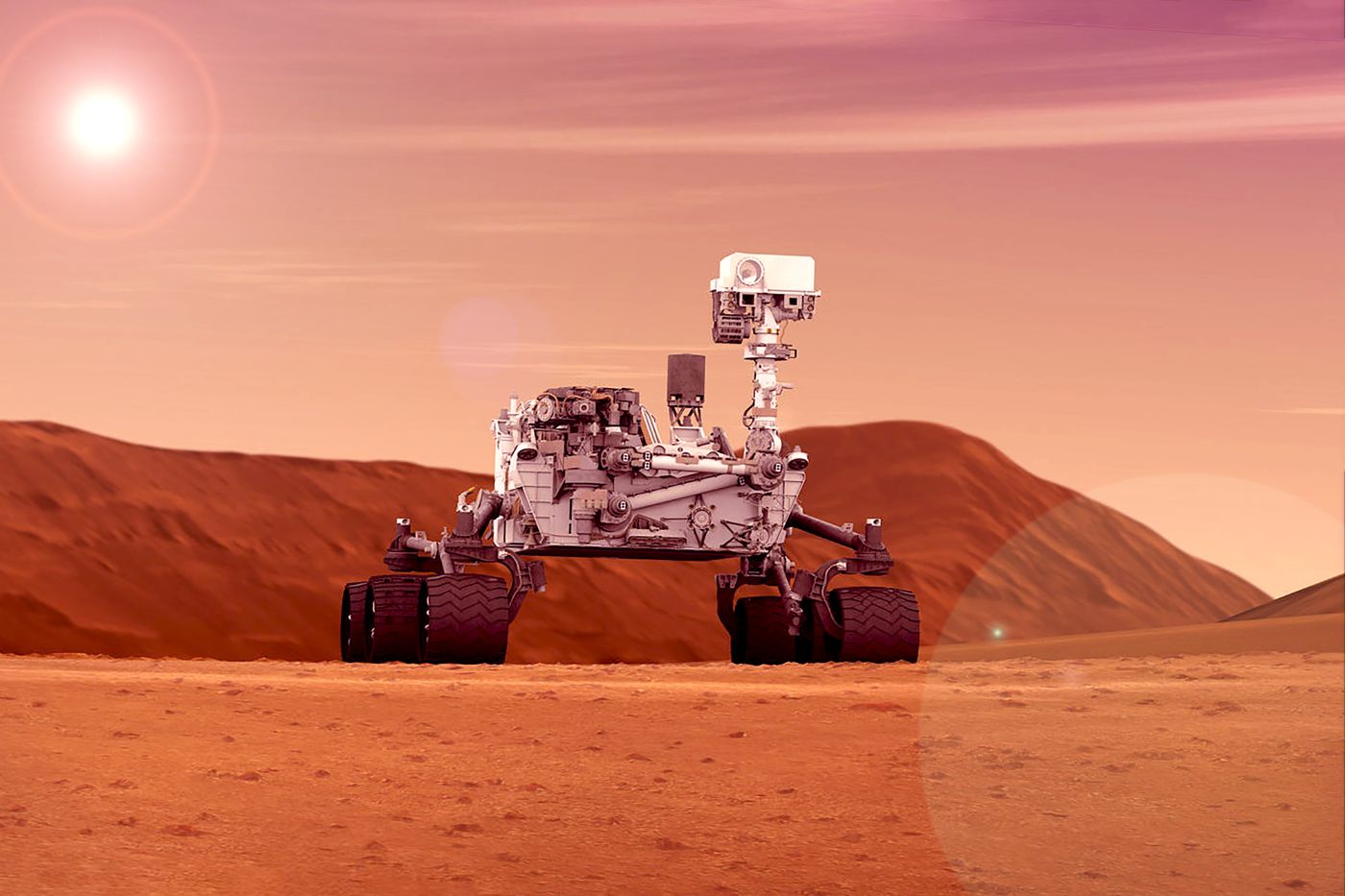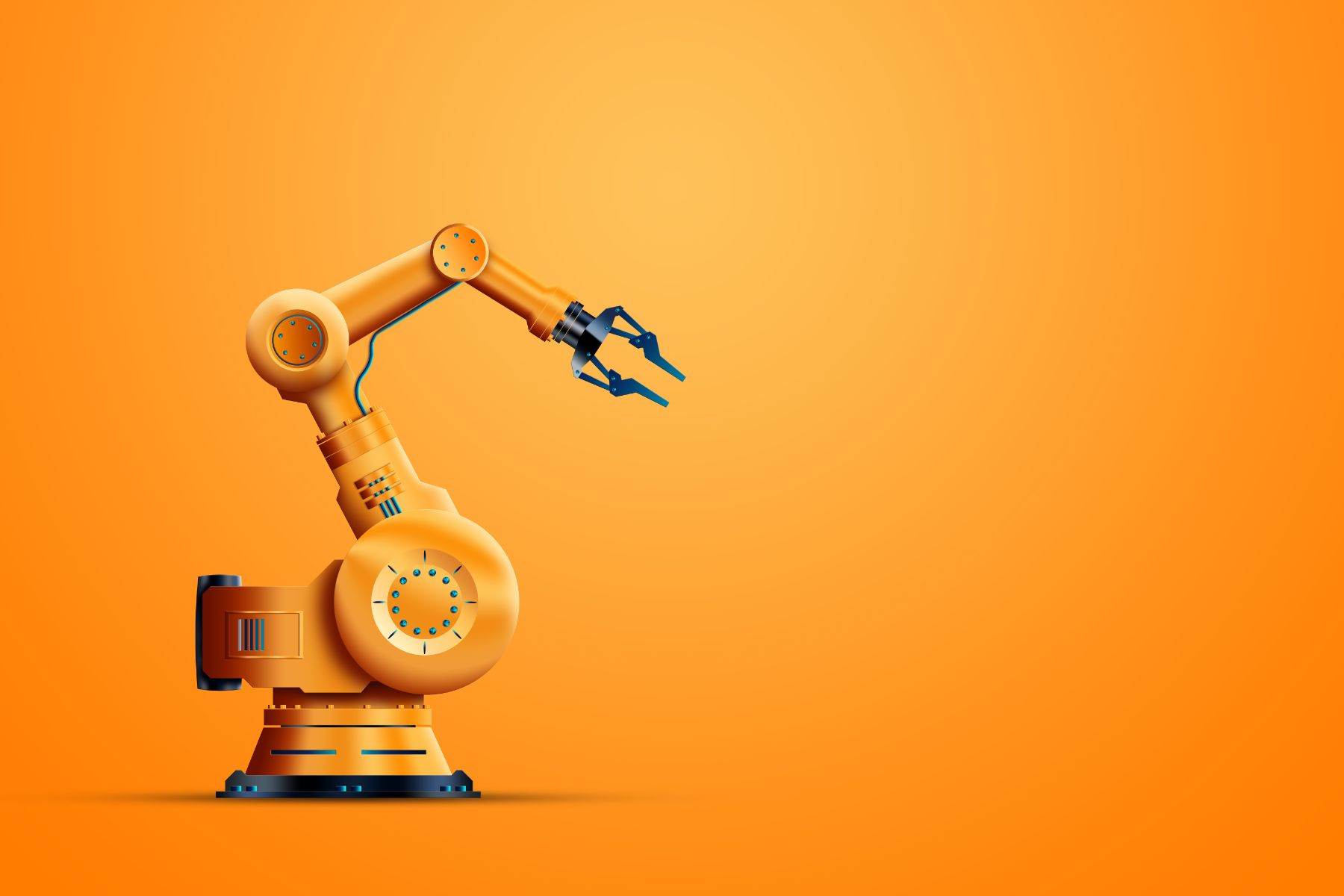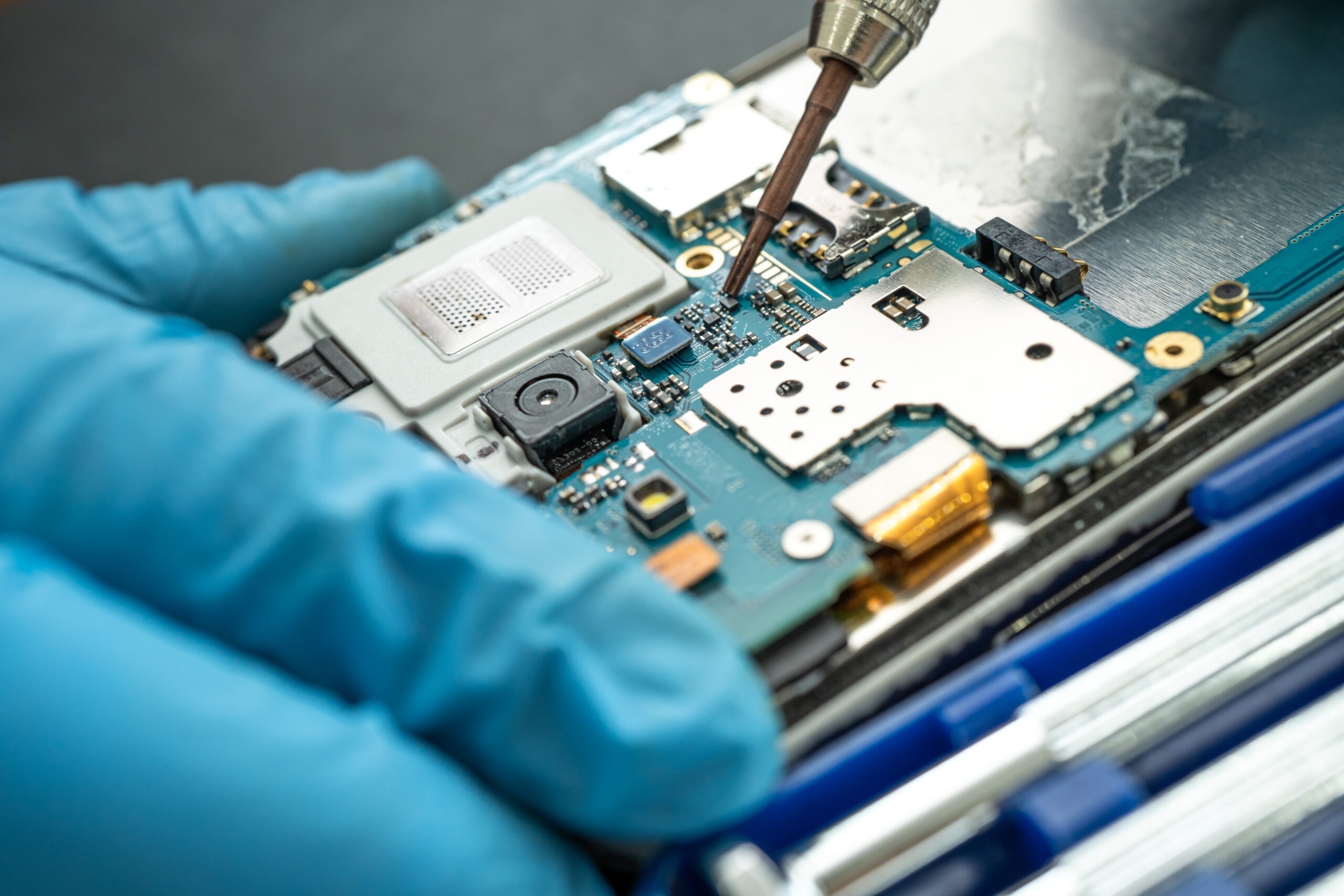Why Are Industrial Robots Still the Future of Automation?
In the automation sector, robots are the current trend and will continue to be so in the future to a large degree. Industrial robots are the ones that are used in plants and industries.
Robots in the manufacturing and production industry are manipulators that can move materials, components, and tools according to programmed instructions.
They’re reshaping the industrial business and are often used to do unsafe and improper tasks for people. Market research firm Forrester estimates that by 2021, robots will represent 6% of all American jobs, including customer service agents and taxi drivers.
We will explore why industrial robots will always be the future of the automation sector in this essay.
Workplace Improvements:
Humans are always prone to injury in the factory, but industrial robots are not the case. They’re prone to injuries and can do the same job with higher quality and production for longer periods.
As a result, industrial robots may be used for heavy lifting, repetitive tasks, working in a hazardous or polluted environment, and tasks that need a high degree of focus.
Humans are sometimes forced to labour in surroundings that emit massive amounts of solvents, noise, heat, and dust. These may be very detrimental to a person’s health in the long term. As a result, industrial robots will always represent the future of automation.
Cost-effective:
For both economic and technological grounds, industrial robots will always represent the future of automation. When it comes to our everyday routines, we humans tend to charge minimal salaries. However, when it comes to working in hazardous conditions, we want higher and more costly compensation.
With industrial robots, however, this is not the case. All a manufacturer needs to do is install robots as needed, in such a manner that they can constantly run for 24 hours a day and provide the highest productivity.
Yes, there are 24 hours in a day. In the industrial industry, it is likewise impossible to have people constantly labour for 24 hours. Humans, too, need pauses due to exhaustion and a variety of other factors.
Accountability:
Robots can be more adaptable and quicker than humans. Another advantage of employing a robot for any application is that the components’ quality has improved.
Industrial robots can do a wide range of repetitive operations thanks to programmable controllers, end-of-arm tooling, and machine vision systems. They can do so without taking breaks or paying high salaries.
Some sophisticated robots also provide flexibility and adaptability to changing client demands and increased expectations for speedier product development.
As a result, industrial robots will always represent the future of automation and a brilliant hero in shining armour whenever a human gives up.
Industrial Robotics’ Spectacular Future
Collaborative robots and vision function were among the innovations on exhibit at the recent Automate convention in Chicago.
Attending the recent Automate event in Chicago was a once-in-a-lifetime chance for myself and over 20,000 other participants to see into the future of industrial robots. Being a firm member at the forefront of industrial robotics and factory automation gives just one viewpoint. Automate gathered together industry leaders from all corners to display breakthroughs and exchange insights, including Fanuc, ABB, Kuka, Keyence, and Cognex.
The variety of technology on the show to improve operations, increase product quality, and reduce production costs was incredible. I left the presentation with a clearer understanding of two concepts: robots are increasing, and machine vision supplies robots with artificial intelligence to shape the future of robotics in our more globalised world.
The emergence of robots
As many in the automation industry know, robots are becoming a more popular solution for risky or repetitive operations like grinding, deburring, bin-picking, and component inspections. Several manufacturers and integrators set up sophisticated exhibits to demonstrate different robotic capabilities, some of which are presently in use and others that might be used in the future.
This alone indicates that robots are on the increase, but it is merely the beginning. The main robot manufacturers seem to be concentrating their efforts on making robots easy to program/configure and combine with technologies that provide the extraordinary capability. Collaborative robots are the consequence.
Several collaborative robots were on display on the exhibition floor, doing jobs ranging from component handling to packing; some even packed candies for distribution or served ice cream in a cone. The possibilities for collaborative robots to cooperate with human counterparts using different sensory technologies are endless. The days of robots in hard clothing and being hidden away in the corner, encased in the scary metal fence, seem to be long gone. Robots are becoming more versatile in their applications, have more user-friendly interfaces, and be put anywhere on the factory floor.
Forging the way forward
Machine vision is the technical development that will propel industrial robots into the future, as seen by the astonishing range of machine vision applications exhibited at Automate. Machines equipped with technologies such as 3D embedded vision, multispectral and hyperspectral imaging, and deep learning will have a primitive form of artificial intelligence that allows greater flexibility in processing while simultaneously allowing learning without programming when combined with the interconnected features of the Industrial Internet of Things (IIoT) and other smart tools.
Cognex and Keyence, for example, both feature products that can compare eight to ten distinct component attributes in a fraction of a second. These are meant to be installed on the end of a robot, giving you a full solution to select and examine parts. These responsibilities are difficult to complete, and the outcomes might vary greatly when operators wear out during lengthy hours.
In another case, Fanuc aims to create the capacity to configure a robot using learning rather than programming—specifically, the ability to assign a job to a robot, such as collecting goods from a bin and placing them in another container.
In this scenario, after the robot has been set up, it will spend some time learning how to do the work by trial and error, and within a short period, the robot will have mastered the task as if an engineer had designed it.
It seems that the future is limitless in terms of what can be done as we continue to integrate increasing visual technology with low-cost power processing capabilities.
Even though the next Automate isn’t until April 2019, I strongly advise you to mark this date on your calendar now and intend to attend. More than 20,000 people attend the Automate event, searching for innovative methods to improve their manufacturing processes, decrease production costs, and gain a competitive advantage.





